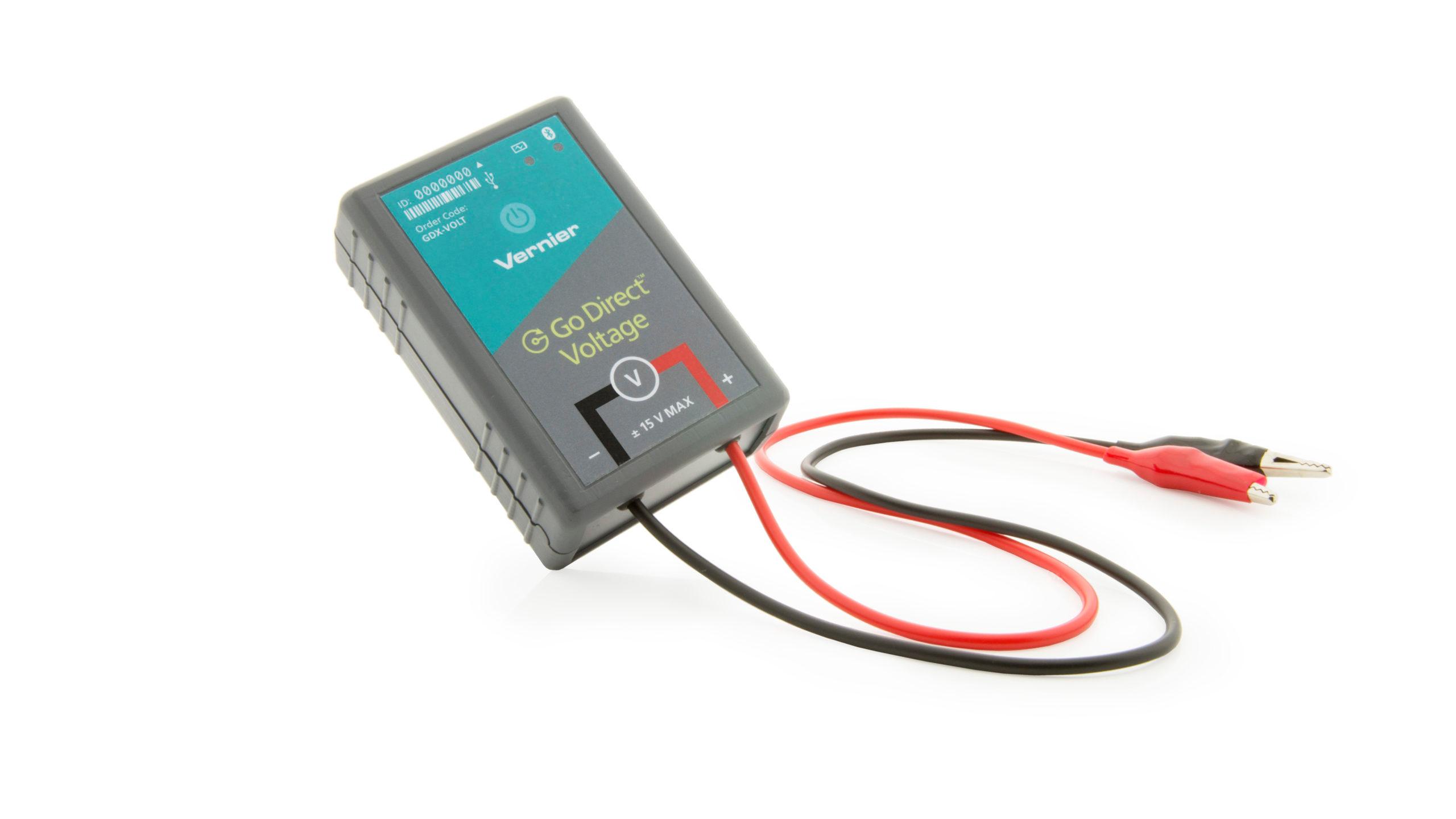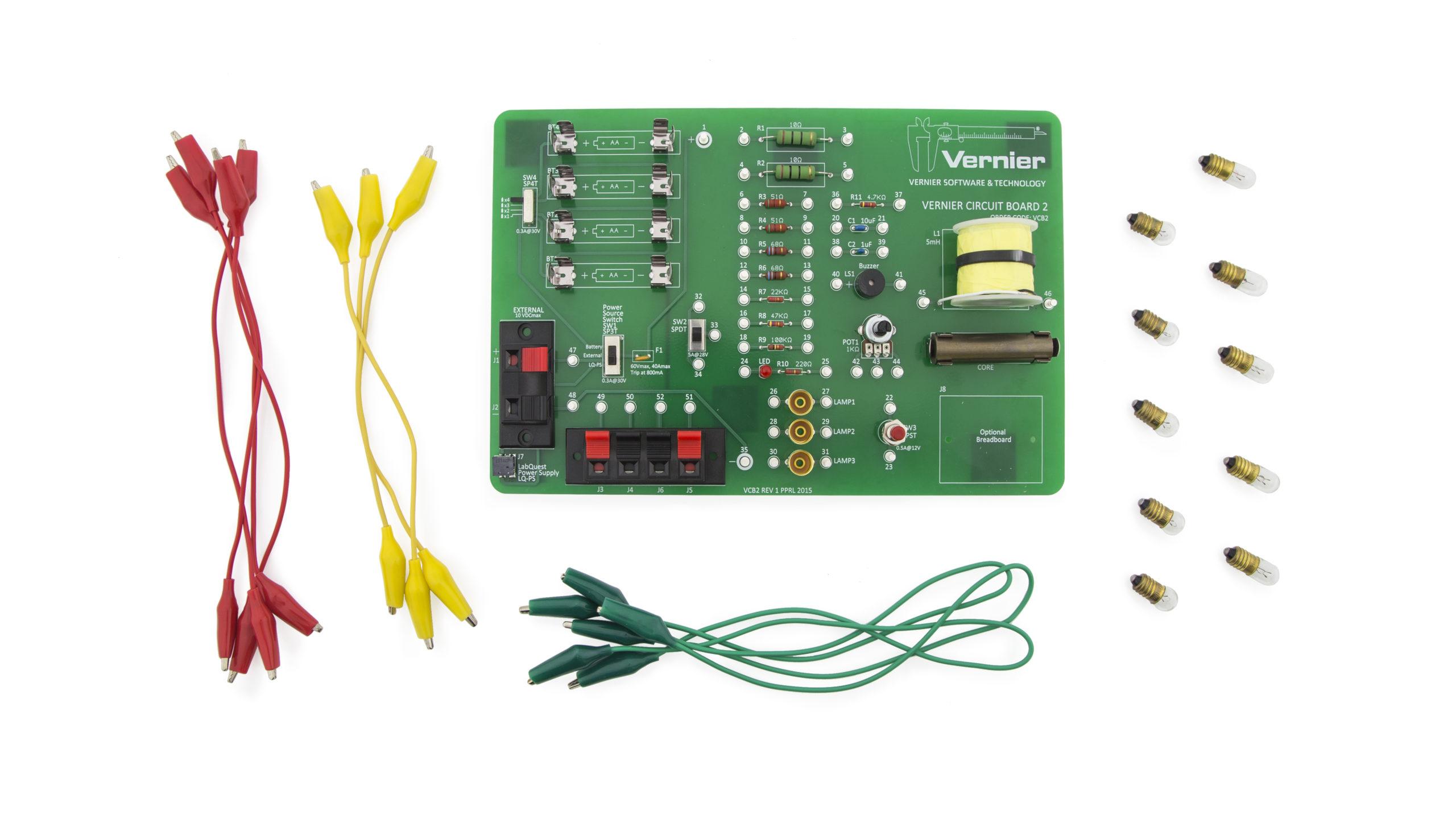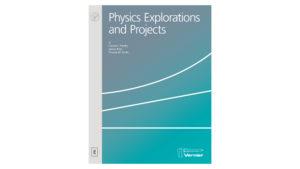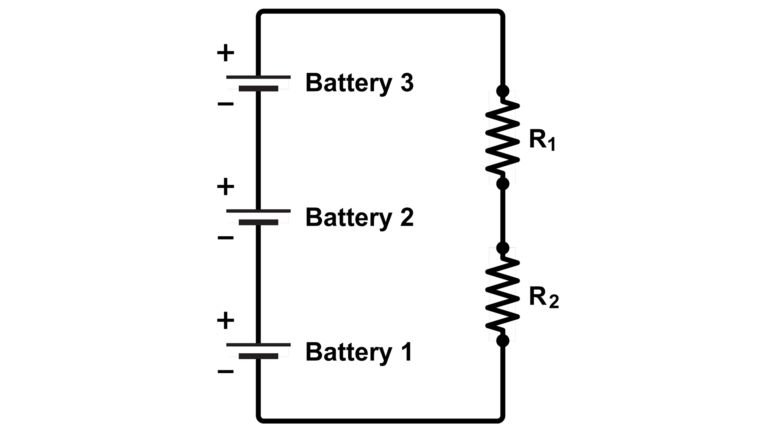
Introduction
The goal of this activity is for students to develop an understanding of how voltage behaves in a circuit involving resistors in both series and parallel configurations.
In the initial observation, students observe a circuit consisting of a single battery and a single resistor/light bulb. A volunteer will measure the voltage across both the battery and the resistor/light bulb. Students predict the result of adding a second battery in series and measuring the total voltage. After observing this, students predict what the voltage would be if one of the batteries were turned around.
Students are provided with a diagram of a series circuit consisting of three batteries and two resistors, as well as supplies to construct circuits (including three resistors—two of the same resistance and another that is different). The students’ challenge is to try as many combinations as necessary to understand the relationship between the voltages of the components in a series circuit.
The class should reconvene and discuss their results. Then, students predict the result of replacing one of the resistors present with a resistor of different value. This is followed by a class/group discussion and testing of the predictions.
Objectives
- Learn that the supplied electrical potential (i.e., voltage) is shared across resistances in a circuit. In other words, the voltage measured across each component and source in a circuit loop should add to zero.
- Understand that the sign of the measured voltage is an indication of an increase or decrease of electrical potential.
Sensors and Equipment
This experiment features the following sensors and equipment. Additional equipment may be required.
Option 1
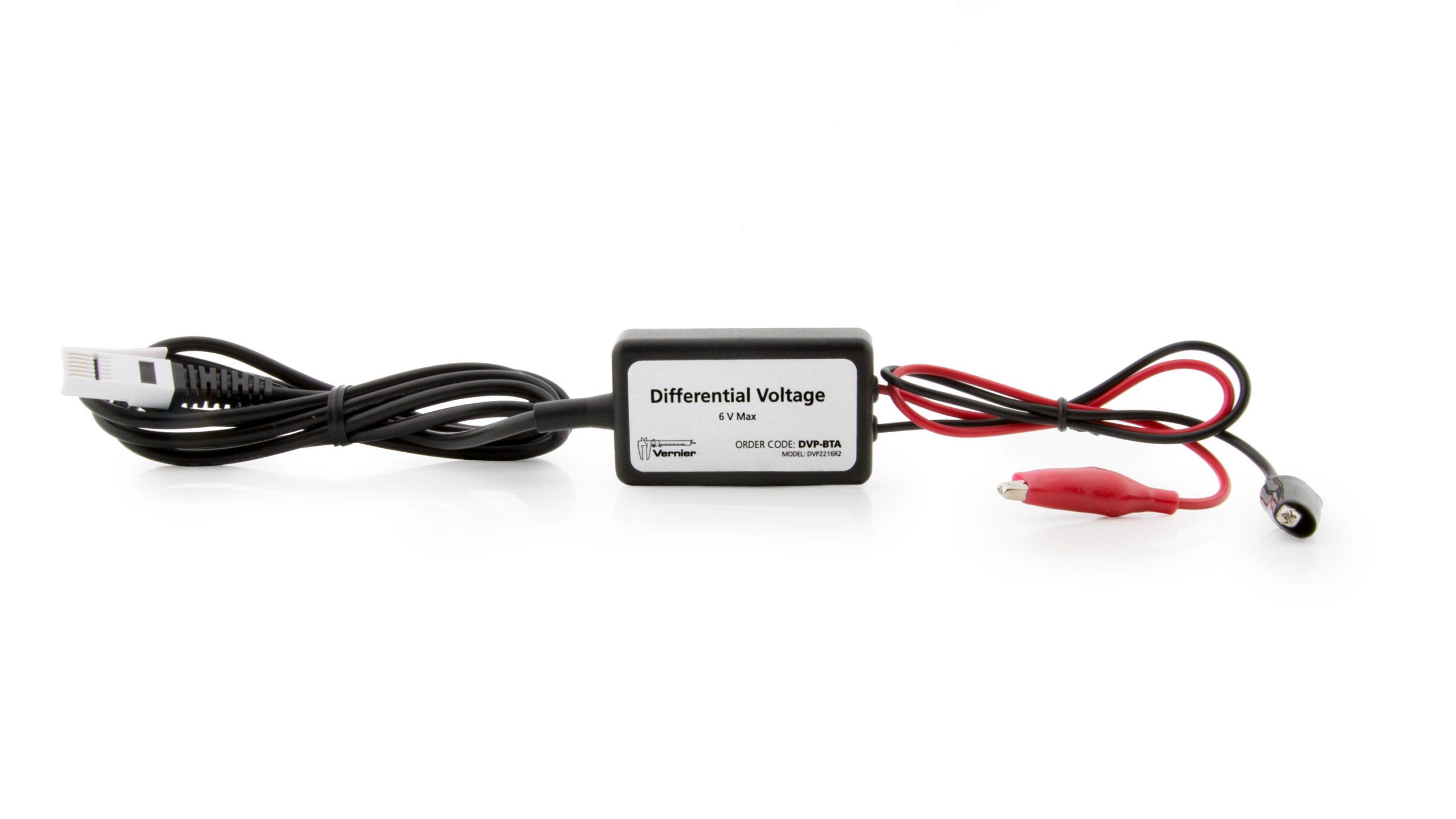
Ready to Experiment?
Ask an Expert
Get answers to your questions about how to teach this experiment with our support team.
- Call toll-free: 888-837-6437
- Chat with Us
- Email support@vernier.com
Purchase the Lab Book
This experiment is #21 of Physics Explorations and Projects. The experiment in the book includes student instructions as well as instructor information for set up, helpful hints, and sample graphs and data.

